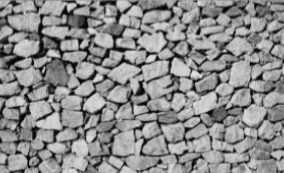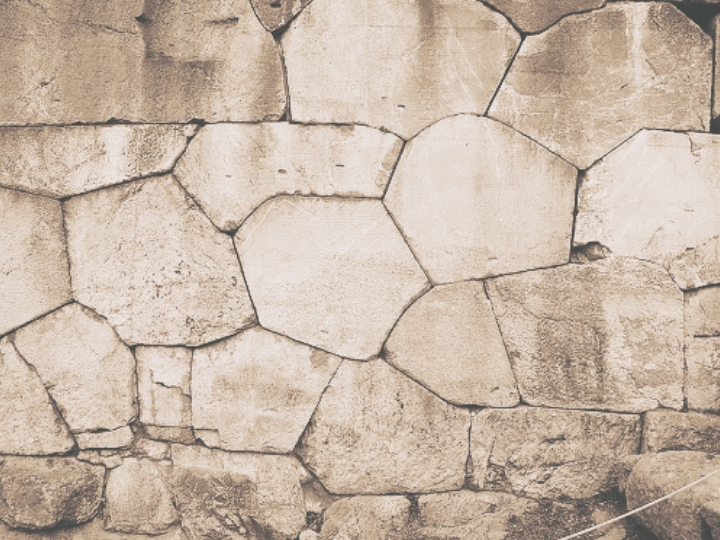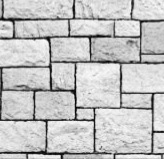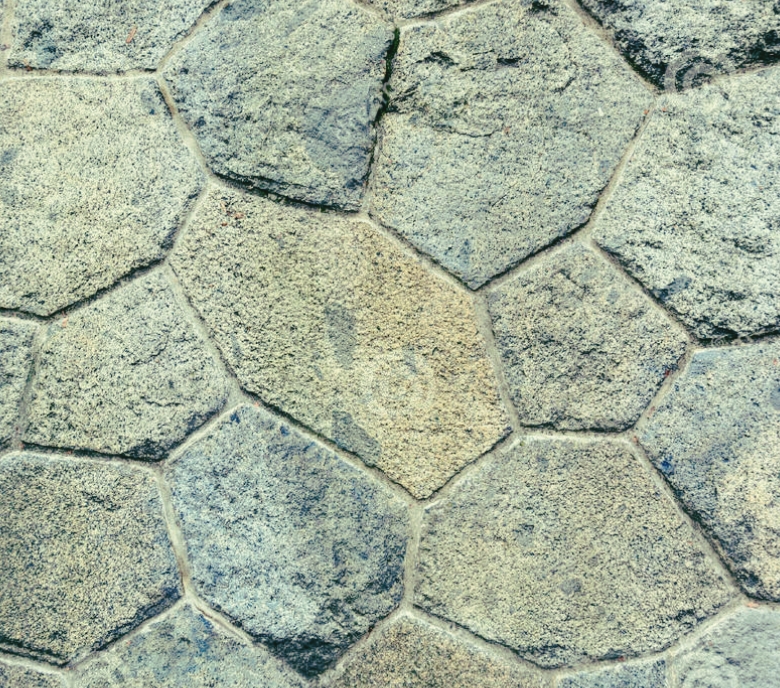Table of Contents
What is Rubble Masonry?
Masonry that uses unfinished or rough-finished stones is called rubble masonry. Normally dressed stones are used in the construction industry but sometimes rubble masonry also required for a specific job. These undressed stones are cut and arranged in layers. Diffrent size of stones are used in rubble masonry.
The main reason for using rubble in masonry is that most types of stone are relatively difficult to process. Rubble work where the surface is covered with ashlar or otherwise hidden, such as foundations, or where the builder wanted or was uninterested in a rough effect preferred in case.
Mortar-bound quarry stone was often used as a filler between clad walls. When used in this way, it does not significantly increase the strength of the wall and can even degrade it if the mortar is poorly prepared, leached with moisture, or otherwise unsuitable. Nevertheless, many medieval cathedrals were built in this manner. Wall rubble was replaced by brick when available in antiquity and by reinforced concrete in modern construction.
Type of Tubble Masonry
1. Unpolished Random Rubble Masonry
This is the crudest and cheapest form of masonry. Stones of very different sizes are used in this type of masonry.

Since the stones are not of uniform size and shape, they should be placed with greater care and integrity to properly distribute the pressure over the largest area while avoiding long continuous vertical joints.
Strong adhesion is required both horizontally and vertically. Crosslinks come from liberal use of headers.
Large stones are chosen for the corner stones and jambs for strength and good looks.
2. Course Rubble Masonry
The construction is the same as above, but the piece is roughly flattened to form a layer 30-45 cm thick. Not all gears are the same height.

In this type of masonry construction, the corner stones are built first and a string (cord) is stretched between the tops of the corner stones.
Then the middle walls with different size stones to this level.
The diagram below shows the steps to number the stones in the order they were placed. This form of masonry is superior to unpolished quarry masonry.
3. Square Rubble Masonry
A type of cut stone masonry where all joints and beds are squared off by dressing before laying the exposed bricks is known as cut stone masonry.

Square rubble masonry uses stones with straight beds and sides. The stones are usually square and finished with a hammer or straight cut.
In uncut ashlar quarries, the stones are of various sizes and have straight edges and sides. They are arranged in some irregular patterns on the face.
This type of masonry also uses the same stones as unpolished ashlar quarries. But the work levels up to courses of varying depths. The aisle height is different.
4. Polygonal Rubble Masonry
This is a type in which the surface of the stone is hammered into irregular polygons. These stones are paved in positions that reveal facial joints that run irregularly in all directions.

In the first type, the stone is only roughly shaped and has only a rough fit. This work is called raw work.
In the second type, the stone faces are more carefully shaped to fit more closely. This kind of work is called tight work.
5. Flint Rubble Masonry
The stones used in this masonry are flint or cobblestones 3 to 6 inches (7.5 to 15 cm) wide and thick and 6 to 12 inches (15 to 30 cm) long. These are irregularly shaped silica nodules. Stone is very hard. However, they are fragile and easily broken.

Cobblestone pavement can be rough or non-rough, and can be built in stone.
Flint walls can be strengthened by placing strips of stone or bricks vertically 1-2 meters apart.
6. Dry Rubble Masonry
Quarry masonry built without the use of mortar or other binders is called dry masonry. This masonry uses unfinished or partially finished stones. Suitable for building walls less than 6 meter high.

